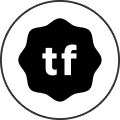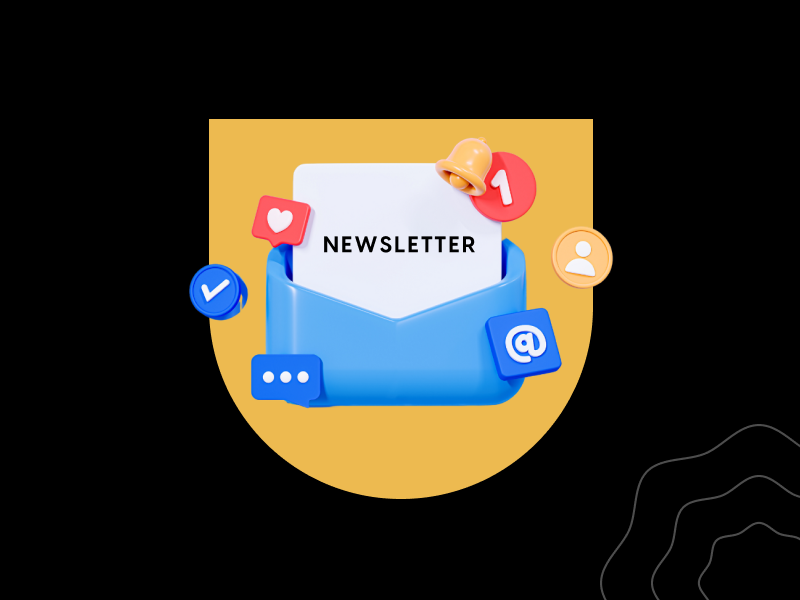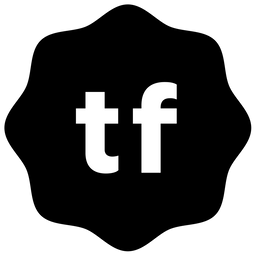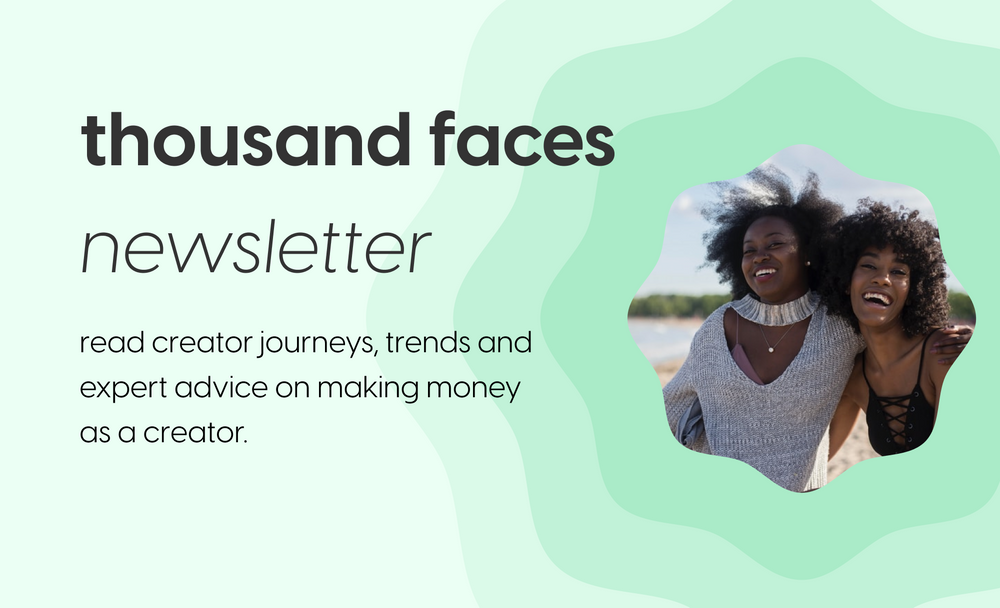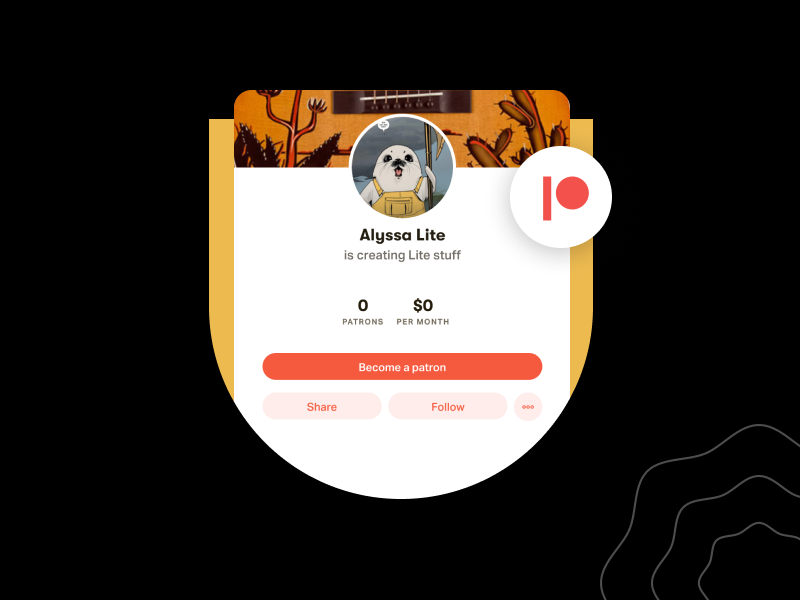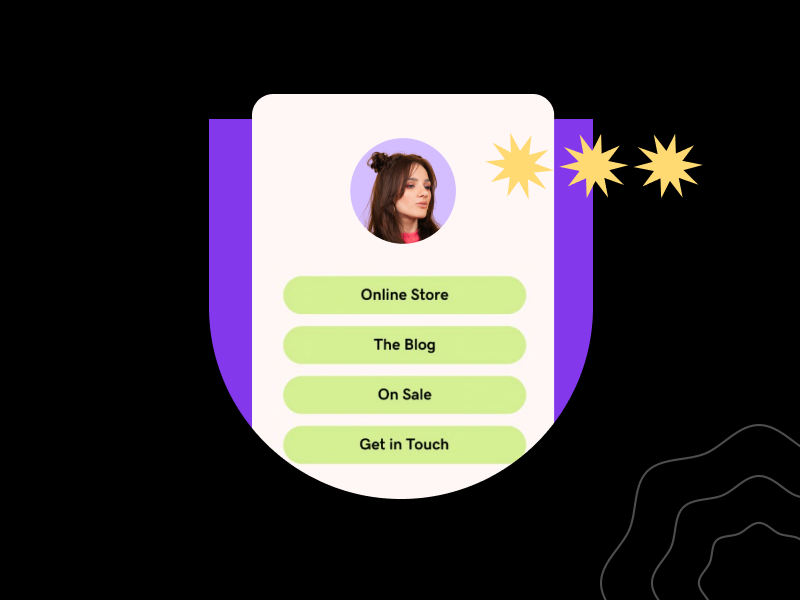Long-form content isn't dead.
And if someone says it is, you should tell them Substack alone has 500,000 paying subscribers, as per Backlinko. Beat that!
We're not even talking about the number of users platforms like Beehiiv, ConvertKit, and Ghost have.
Just finished writing my first newsletter issue.
— Ngee Kelly (@KellyNgee) June 25, 2023
And all I can say is:
Long form content is the real deal.
If you’re looking to hone your writing skills…

Focus more on writing long-form content.
And the best part?
It's fun.
As the entire world is rapidly moving towards short-form content, creators keen on playing the long-term game are starting newsletters. It's also one of the cheapest but effective mediums to communicate with your readers and build reliability. According to Marketing Platform, email marketing revenue was $7.5B in 2020, and it's predicted to grow to &17.9B by 2027. That's quite a jump, isn't it?
So, if you've been meaning to start a newsletter, here's a quick guide that'll you sort you out!
Choosing a publishing platform: There are plenty of newsletter platforms in the market today, and based on your need and budget, you can pick between HubSpot, Beehiiv, and ConvertKit.
Props to @ConvertKit for their Creator Network program and @beehiiv for their Boosts program
— Ankur Nagpal (@ankurnagpal) June 24, 2023
Instead of trying to compete on features or pricing, if you can show customers they will build a bigger business on your platform, it's a true unfair advantage
Super smart
We've tried ConvertKit before moving on to Beehiiv, and while both are great, we opted for Beehiiv because it's more affordable and offers better customer support and experience. We recommend tinkering with the newsletter platforms and understanding their features like customizations, automations, and how easy it is to get started even as a beginner.
Check this out to learn what ConvertKit offers creators. 👇
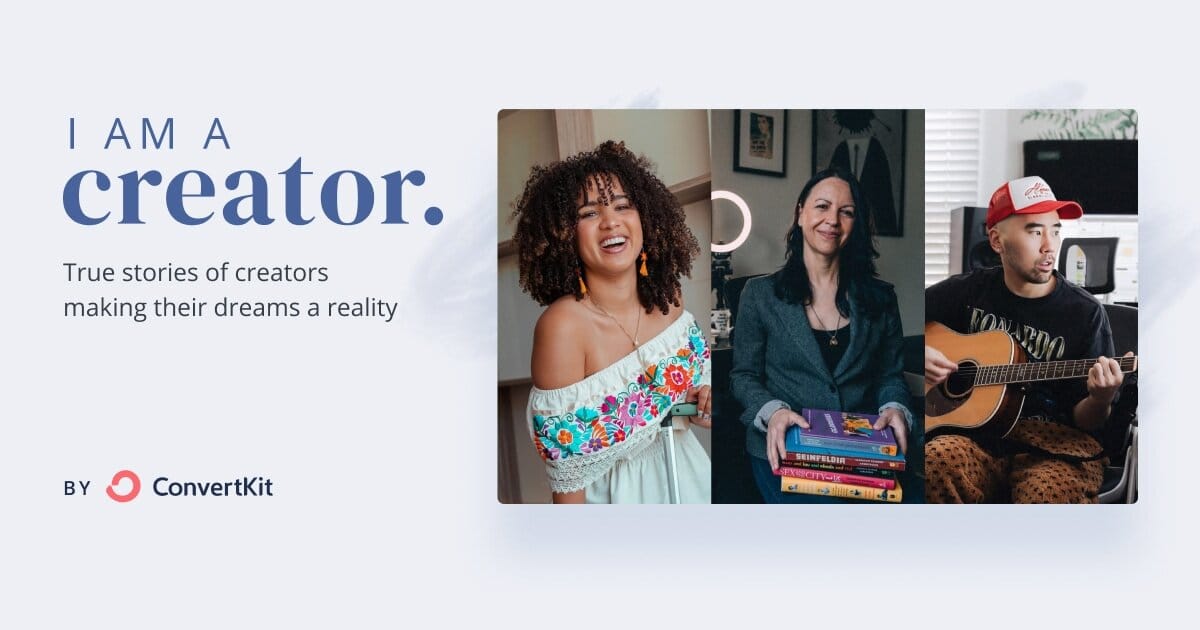
Define purpose & target audience: Before launching a newsletter, you should identify your niche and who you're communicating with.
If you're wanting to launch a dad-centric newsletter check this out...
— Eric from Exploding ideas (@ericlamideas) June 18, 2023
Subreddit: r/daddit
✅ Filled with dads giving each other advice
✅ Subscribers are exploding
✅ 704,000+ members
Great opportunity to create a newsletter in the dad niche! pic.twitter.com/rbeuv1RjEV
Ask yourself what value will my newsletter provide? Who will benefit from my content the most? By elucidating your purpose and target audience's needs, you can craft compelling content that resonates with your readers and keeps them engaged.
Choose your content format: Of course emails are considered long-form but have you all checked out 8am by Christian Collard or James Clear's 3-2-1 newsletter? These bite-sized, consise newsletters are read by thousands for a reason — quick information and easy to consume.
Coming up on @8AMemail 👇
— 8AM (@8AMemail) May 31, 2023
🎨 The artist who couldn’t draw
✈️ 5-Night California Giveaway
🧁 $1.3 Million Bakery
✏️ How to Earn $10k Writing a Book
❤️ 12 Rules for Gut Health
⭐️ Social Proof for Your Business
Featuring 👇@sketchbookskool@nathanbarry@famewall_io
So, whether you choose long or short, stay consistent and figure out a structure before you begin publishing. Remember, readers prefer knowing what they are signing up for. So before you start publishing, map out the newsletter's structure, content format, and publishing frequency.

Understand content distribution: Getting your first 1K subscribers might require you to juggle various content distribution methods. It could be through collaborations, repurposing content for social media, building lead magnets, etc. The first 1K subscribers might actually come through your network but the experiments you run for growth during this phase will lay a solid foundation for building your next set of subscribers.
You can also collaborate with newsletter creators in your niche to attract more readers.
Analyze like a pro: You've put in so much effort, so don't forget to analyze your newsletter's performance. Publishing tools offer insights into metrics like open rates, click-through rates, and unsubscribe rates. Measure which content is performing well to know what resonates with your audience.
Trying to boost your newsletter metrics but don't know how?
— beehiiv 🐝 (@beehiiv) June 23, 2023
Give segmentation a try! 🐝
Learn how to create more targeted newsletters so your subscribers get the most out of every open.
Check out our full guide here 👇https://t.co/BeuijZTqHd
So these are the basics for you to get started with a newsletter. What are your thoughts? Which platform will you choose?
